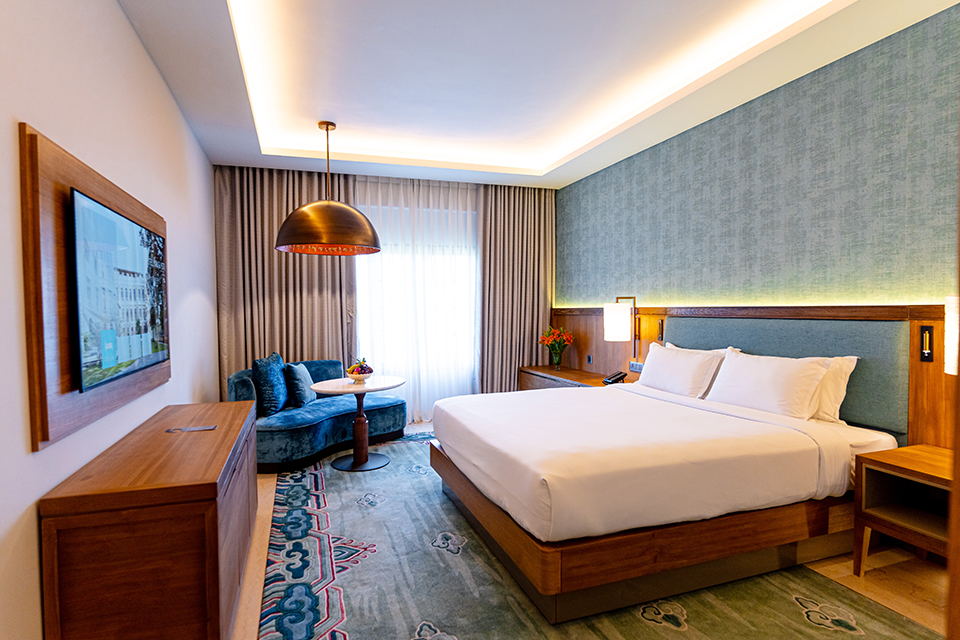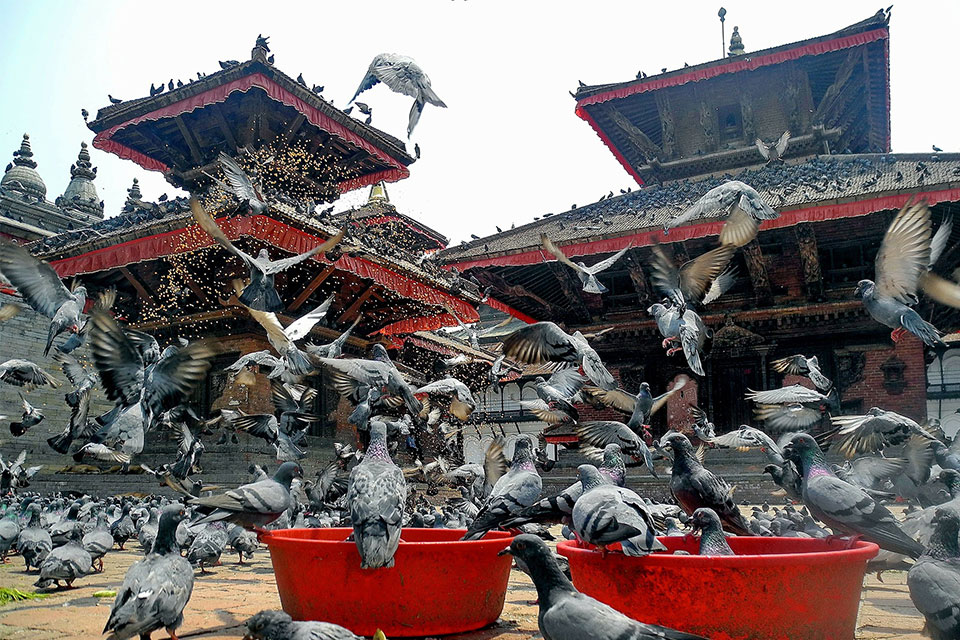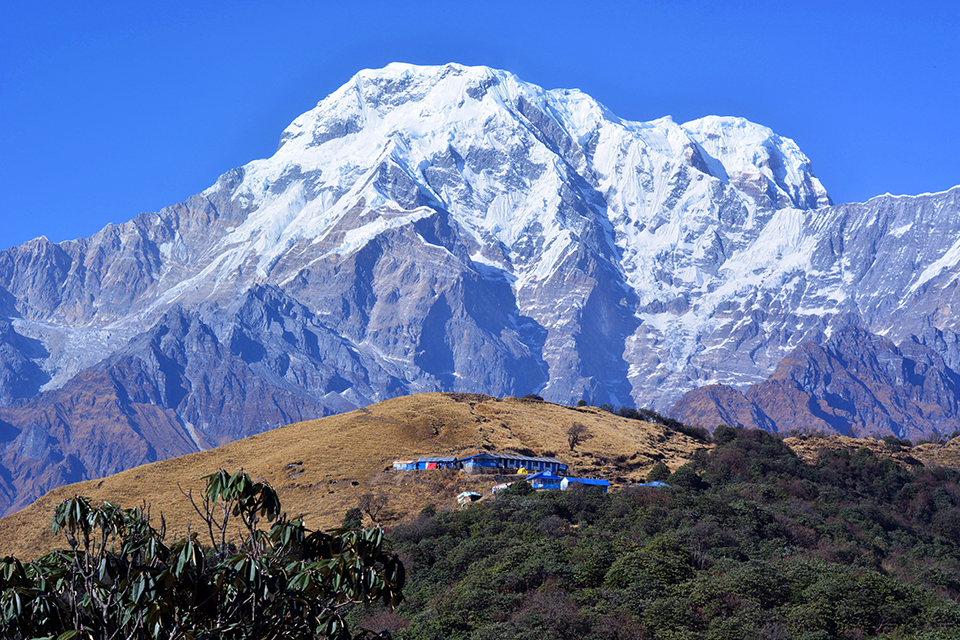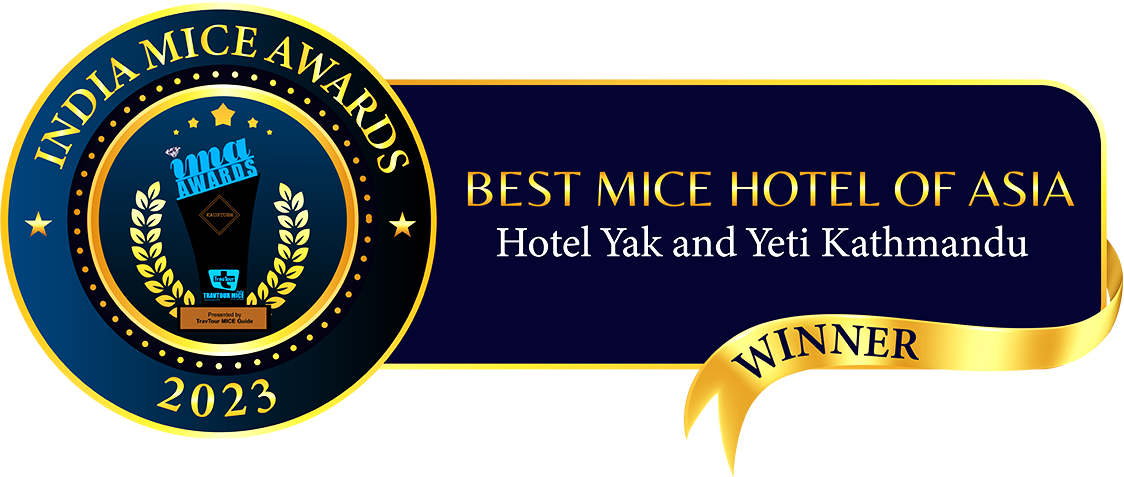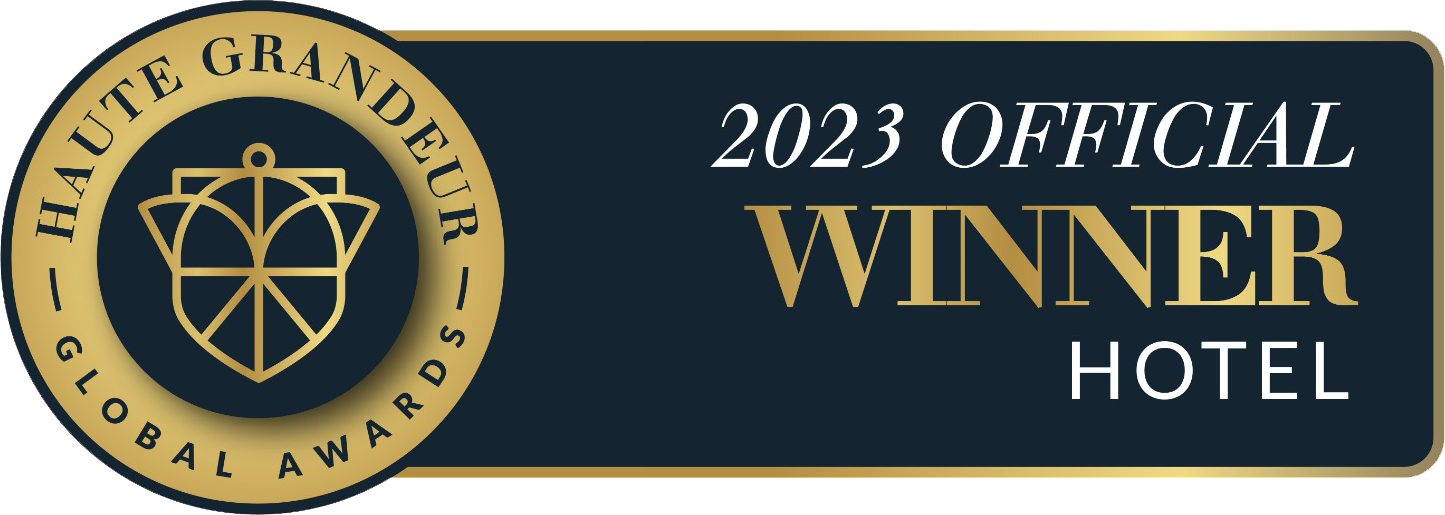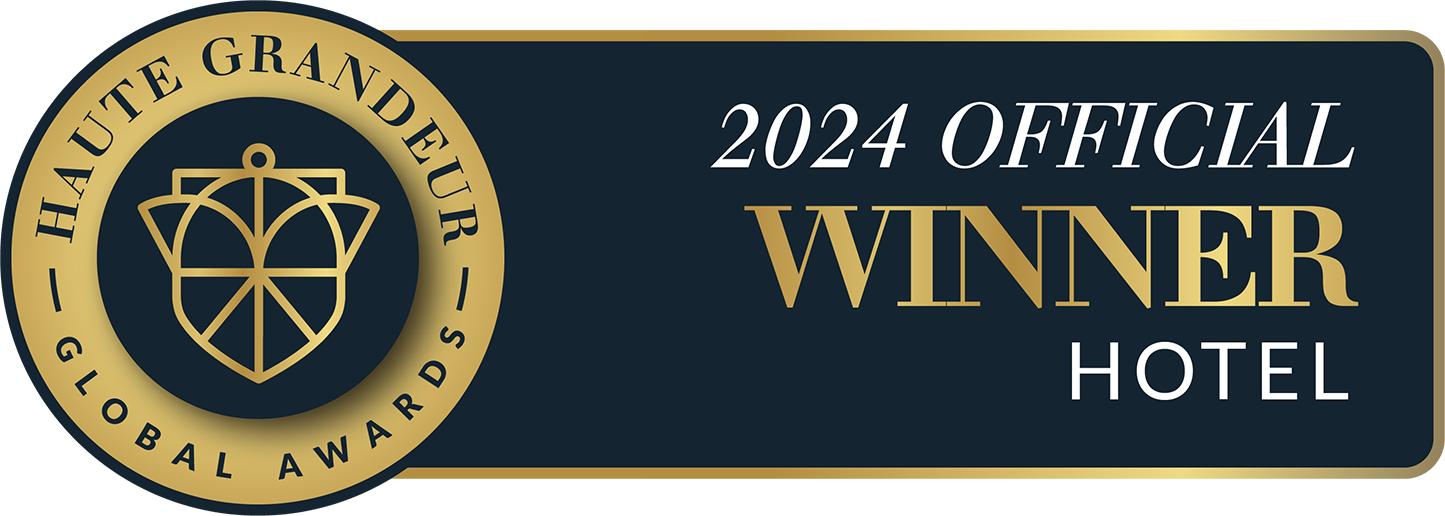Exploring the City of Temples
A Day Trip around Kathmandu
Kathmandu Valley was once known as the ‘abode of the gods’, perhaps because of the amazing number of shrines of every shape and size on every street. Here in the valley, Hinduism and Buddhism have co-existed for centuries, the two religions mingling with each other and sometimes seemingly inseparable. Naturally, the valley tours take you to the major temples and stupas with visits to palaces and museums in between.
In the morning
Swoyambhu is one of the oldest stupas of Nepal, located on a hilltop west of Kathmandu city. Take an early morning drive and observe local devotees gathering for puja and circumambulation. Apart from the main stupa, where five transcendent Buddha images are worshipped, the complex is also home to numerous Hindu shrines like Harati Ajima temple, Pratappur and Shanitpur along with The Shri Karma Raja Maha Vihara Monastery among others. A panoramic view of Kathmandu can be enjoyed from the hilltop and an excursion to the Manjushree Chaitya on the next hill is worthwhile. The stupa complex is home to hordes of rhesus monkeys leading the early tourists to name it “Monkey Temple”. Swoyambhu remains one of the most important Buddhist pilgrimage sites for Newar Buddhists as well as Tibetan Buddhists. Nearby, the Natural History Museum is also worth a visit.
After the visit to Swoyambhu, walk down to the National Museum in Chauni. The building is more than a century old and was built by Bhimsen Thapa, the second Prime Minister under the Shah King of the time. The museum houses arms and ammunitions dating back several centuries and a very interesting machine gun manufactured here in Nepal. One of the attractions is a sword gifted by Napoleon III to the King of Nepal. An impressive collection of coins and stamps are housed in one section. The museum is divided into three buildings: the main Historical Museum, the Buddha Art Gallery full of Buddhist artifacts and the Hall of Sculptures.
For lover of art, history or culture, this museum provides an excellent opportunity to enjoy the ancient art of Nepal. The statue of King Jayaverma that dates to around 185 AD is one of the chief attractions of the museum. The image of Uma Maheshwar from the 17th century that is displayed here was returned to Nepal from a museum in Berlin. The Buddha Art Gallery houses numerous images, and the gallery called Mandala Gallery was designed by Prof. Tachikawa, from the Ethnological Museum of Osaka, Japan.
Pashupatinath
After lunch, drive over to the northeast of Kathmandu to explore two famous religious sites, the Pashupatinath temple and Boudha stupa, both ancient pilgrimage sites for Hindus and Buddhists respectively. Located on the banks of the holy Bagmati River, Pashupatinath is one of the most important shrines of the Hindu God Shiva. The temple draws thousands of devotees from Nepal and India during the popular festival of Mahashivaratri that falls in spring (February/March). The main temple precinct is located west of the Bagmati river, but the complex spreads to the other side as well making it the largest temple complex in Nepal.
It’s not just the temple that attracts visitors. Tourists come to Pashupati to observe the cremations at Aryaghat as well, where the Nepali people carry out funeral rites for the deceased. Besides the funeral ceremonies, Sadhus, the followers of Shiva who have given up their worldly desires, with their ash-covered skin and dreadlocks, are also tourist attractions and are commonly photographed by visitors.
Besides the main temple complex, you can also visit Guheshwori Temple dedicated to Shiva’s consort Sati Devi and Kiranteshwor Mahadev, another Shiva temple, worshipped mostly by the ethnic group of Kirats and other temples like Deupatan.
Boudha
Boudha Stupa is one of the most important pilgrimage sites for people following both Newar and Tibetan Buddhism. The stupa is the largest in Nepal and is completely surrounded by buildings housing shops, cafes, restaurants and hotels with a few monasteries in between. People are seen circumambulating the stupa at all times of the day. The neighborhood has a large Tibetan presence and many Tibetan festivals are held here, like Lhosar, the Tibetan New Year celebration.
Boudha is also known for delicious Tibetan cuisine like momos, shyaphalay, Laphing (spicy cold noodles), T Momo (steamed buns), thukpa (noodles) among others. But the various restaurants also serve Vietnamese, Italian, Chinese and more while also providing rooftop views. Tibetan artifacts, jewelry, clothes, incense, furniture and more are sold around the stupa. In the vicinity there are dozens of monasteries belonging to various Buddhist sects that also have Buddhism courses which are attended by resident foreign students of Buddhism. Around here many foreigners in Buddhist robes are seen every day circumambulating the stupa. Boudha is one of the most vibrant religious sites in the valley.
Website by: Curves n' Colors





